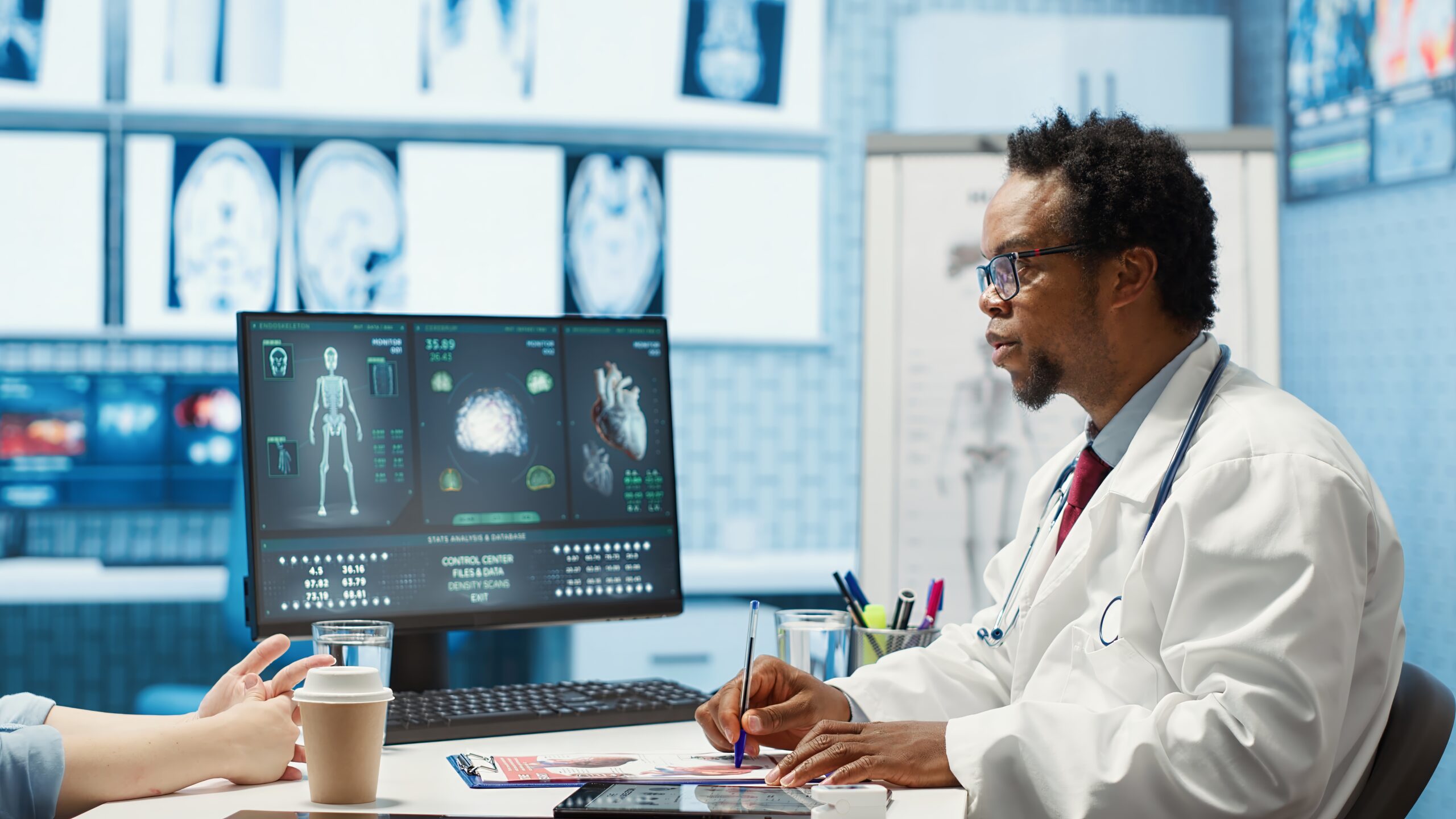
Artificial intelligence is rapidly reshaping the field of radiology, pushing the boundaries of diagnostic accuracy and workflow efficiency. As hospitals and clinics face mounting pressure to provide high-quality care with limited resources, AI offers timely support that improves patient outcomes and physician performance. This technological shift is not about replacing radiologists but empowering them with tools that allow faster, more accurate interpretations of medical images.
AI’s role in radiology extends beyond diagnostics—it streamlines decision-making processes and allows for earlier disease detection. These advantages translate to quicker interventions and better long-term health prospects for patients. As technology becomes more integrated into everyday clinical practice, its influence on medical outcomes strengthens.
The Power of AI in Diagnostic Accuracy
Radiology departments are under constant pressure to produce accurate diagnoses while managing increasing volumes of imaging data. Through deep learning algorithms, artificial intelligence has emerged as a solution to this challenge. These algorithms can analyze thousands of scans in minutes, identifying patterns the human eye might miss. For example, in detecting lung nodules, AI has demonstrated a sensitivity comparable to expert radiologists, often highlighting early-stage abnormalities that could go unnoticed.
Moreover, artificial intelligence offers a level of consistency that minimizes the risk of interpretation variability between radiologists. While human assessments can differ based on fatigue, experience, or workload, artificial intelligence provides a steady and objective analysis. This reliability helps reduce misdiagnoses and enables radiologists to deliver a more confident and accurate final report. With fewer errors, patients receive faster and more reliable treatment plans.
Enhancing Workflow Efficiency in Clinical Settings
Radiology professionals often manage multiple responsibilities, from image acquisition and interpretation to reporting and consultation. Integrating AI into this workflow significantly reduces the administrative burden, allowing clinicians to focus more on patient care. AI-powered software can automatically sort images, prioritize urgent cases, and even draft preliminary reports, saving radiologists valuable time.
As a result, institutions see improvements not only in workflow speed but also in quality assurance. By flagging inconsistencies and ensuring protocol adherence, AI systems enhance radiology departments’ overall efficiency and safety. This time-saving capability proves especially valuable in emergency settings, where rapid decisions can mean the difference between life and death.
Early Detection and Predictive Insights
One of the most exciting developments in AI-driven radiology is its ability to detect diseases earlier than traditional methods. AI can analyze subtle imaging markers that may indicate early signs of cancer, neurodegenerative disorders, or cardiovascular conditions. This early identification allows physicians to initiate treatment plans before symptoms become severe, improving the likelihood of positive outcomes.
Furthermore, AI doesn’t just stop at detection—it also contributes to prognosis. Predictive analytics powered by AI can assess disease progression based on historical imaging data and clinical variables. These insights help physicians personalize treatment plans and prepare patients for what lies ahead, making care more proactive and less reactive.
Improving Access and Equity in Medical Imaging
Beyond large urban hospitals, many rural or underserved communities lack access to experienced radiologists. AI becomes a vital resource in closing the healthcare gap in these scenarios. By supporting clinicians with limited radiological training, AI tools ensure that patients in remote areas still receive high-quality diagnostic assessments.
This democratization of imaging expertise helps balance healthcare access and prevents delays in diagnosis caused by geographic limitations. Additionally, mobile imaging units equipped with AI analysis capabilities can bring essential diagnostics to disaster zones or remote clinics, enhancing resilience in times of crisis.
Training the Next Generation of Radiologists
AI is not only changing how radiology is practiced but also how it’s taught. As radiology residents enter training programs, they now engage with AI-integrated platforms that enhance their learning experience. These tools offer interactive, real-time feedback and adaptive learning modules that reinforce diagnostic reasoning. Through repetition and pattern recognition, AI helps students build confidence and competence more quickly.
At the same time, exposure to AI prepares future radiologists to work alongside intelligent systems. Instead of fearing obsolescence, they learn to embrace collaboration with AI, strengthening their clinical decision-making. This synergy between humans and machines paves the way for a more effective and modern healthcare workforce.
Future Challenges and Considerations
Although AI holds immense promise, it is not without challenges. Data privacy concerns, algorithm transparency, and bias in training datasets pose real risks to its widespread adoption. Institutions must establish clear ethical guidelines and regulatory frameworks to ensure AI is used responsibly. Without transparency, even the most accurate algorithms can undermine trust among patients and healthcare professionals.
Additionally, successful AI implementation requires cross-disciplinary collaboration between software developers, clinicians, and hospital administrators. Transitioning from pilot projects to large-scale adoption involves technical integration, staff training, and continuous performance evaluation. However, these challenges can be addressed with thoughtful planning, ensuring that AI enhances rather than complicates clinical practice.
A Look Ahead: AI as a Catalyst for Patient-Centered Radiology
Integrating artificial intelligence into radiology signifies a turning point in patient-centered care. By improving the speed, accuracy, and accessibility of imaging services, AI supports earlier interventions and better health outcomes. The role of radiologists is not diminished but redefined—they become strategists, educators, and leaders in a new era of precision medicine.
AI will refine its understanding of complex imaging data and patient histories as technology evolves. Its future lies in automating tasks and enhancing the human experience of medicine. Ultimately, the promise of AI in radiology is not about machines replacing people but about people using machines to provide more compassionate, efficient, and effective care.